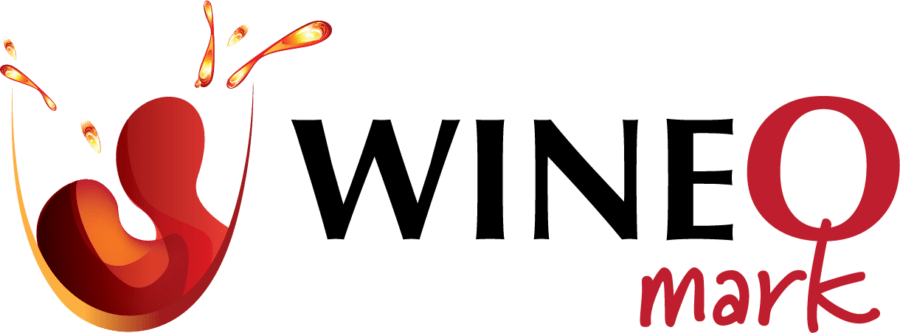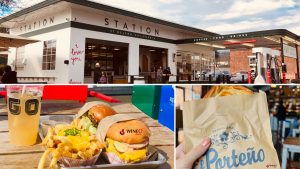
12 Best Lunch Spots In Napa
Best Lunch In Napa – Our 12 Favorite Spots! Lunch is a must when you’re out wine tasting! Whether you’re in the mood for a
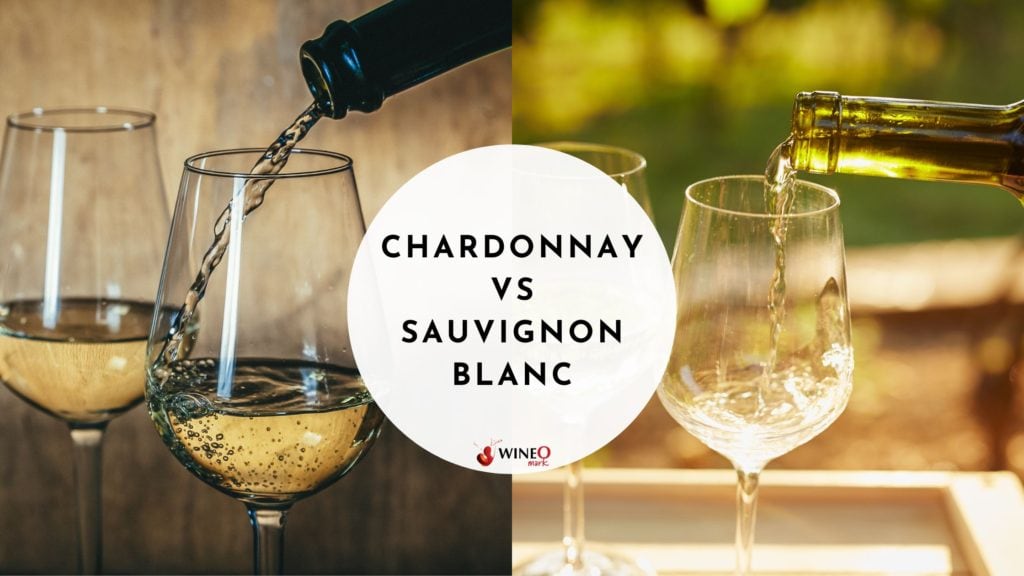
Chardonnay and Sauvignon Blanc are two of the most popular white wines on the market today. Both white wines originate from France (Chardonnay from the Burgundy region, Sauvignon Blanc from the Bordeaux region), but that may be one of their few similarities.
In this article, we will explore the differences between these two white wines and help you decide which one is right for you!
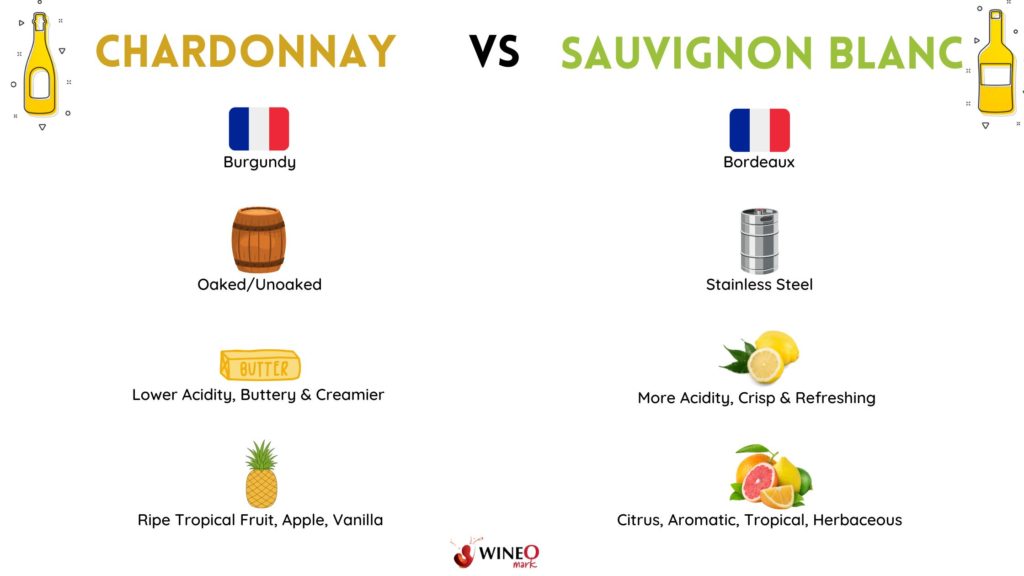
In general, these two white wines are quite different from each other:
However in some cases, they may also be quite similar to each other. It really depends on how the wines are made and where they were produced. So let’s get into how each wine is produced and how that affects the taste of the wine.
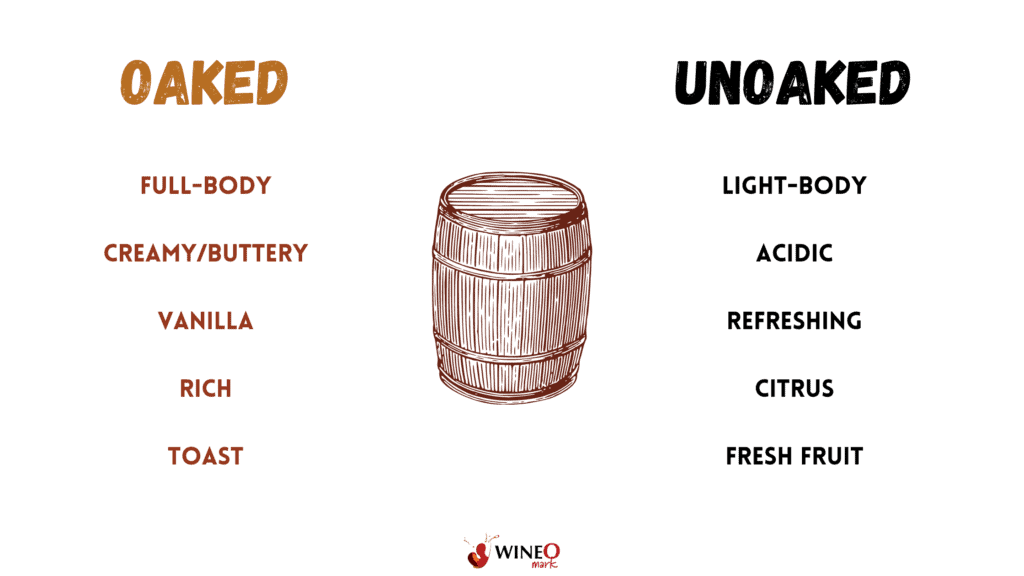
Simply put, oaked Chardonnay is Chardonnay that has been fermented and aged in oak barrels. This process gives the wine its distinct flavor and aroma. Oak barrels are often used to age wines because they help to soften the alcohol and round out the flavors. In addition, oak can add hints of vanilla, spice, and other complexities to the wine.
Wines that are oaked and have often gone through a process known as malolactic fermentation will soften acidity and contribute notes of butter, vanilla, hazelnut, spice, or honey.
Unoaked Chardonnay, on the other hand, is not aged in oak barrels. As a result, this wine has a fresher and more fruit-forward flavor. In addition, these wines are typically less expensive than its oaked counterpart.
Chardonnay grapes that are grown in cooler climates typically produce more medium body, wines that have a crisp and mineral flavor, often with notes of green fruits, such as green apple and pear.
Below are some cool climate wine regions:
In contrast, Chardonnay grapes produced in warmer climates often produce fruitier wines with notes of ripe tropical fruit, peach, citrus, and citrus fruits. This Chardonnay also has a fuller body as well.
Below are some warm climate Chardonnay wine regions:
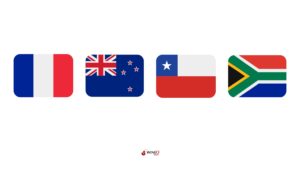
Sauvignon Blanc wines grown in a cooler climate typically have notes of fresh cut grass, green vegetables, herbaceous, and gooseberry notes. This wine is also usually quite light bodied, crisp and refreshing.
Cool Climate Sauvignon Blanc wine regions:
France, New Zealand, Chile, and South Africa
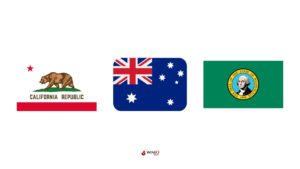
Sauvignon Blanc wines from a warmer climate are often more fruit-forward with ripe tropical fruit flavors. These white wines is usually less acidic than its cool climate counterpart and has more of a medium body.
Warm Climate Sauvignon Blanc wine regions:
California, Australia, and Washington (FYI – Washington state flag above)
This is a difficult question to answer definitively because it really depends on your personal preferences. If you like full-bodied, creamy wines then Chardonnay might be a better choice for you. However, if you are a Pinot Grigio drinker and you prefer light, refreshing wines then Sauvignon Blanc might be a better option.
Ultimately, the best way to figure out which wine is right for you is to try them both and see which one you like better!
Sauvignon Blanc can be either dry or sweet, but it is typically on the drier side. However one of the most famous sweet white wine ever, is produced using Sauvignon Blanc grapes.
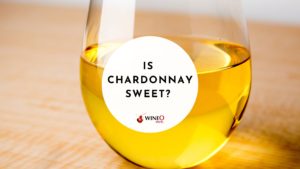
Most Chardonnays are dry, with little or no residual sugar.
Yes, you can substitute Sauvignon Blanc for Chardonnay for cooking in most cases. However, it really depends on the dish you are making and your personal preferences.
If you are making a dish that calls for a full-bodied white wine then Chardonnay might be a better choice.
But if you are looking for a light, refreshing wine then Sauvignon Blanc could be a good substitution. Sauvignon blanc pairs well with a variety of foods.
In most cases, you should be able to tell the difference between Chardonnay and Sauvignon Blanc. However if you enjoy a cool-climate crisp, unoaked Chardonnay, you may get them confused with a Sauvignon Blanc.
As you can see, where wine is produced and how it is made can greatly contribute to the taste of the wine. Despite the fact that they are the same grape!

Best Lunch In Napa – Our 12 Favorite Spots! Lunch is a must when you’re out wine tasting! Whether you’re in the mood for a
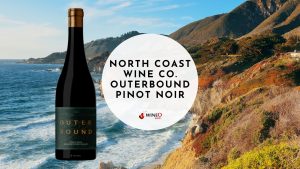
North Coast Wine Co. Outerbound Pinot Noir – WineO Mark Review Wine Stats Grape Variety: 100% Pinot Noir Vintage: 2019 ABV: 14% Wine Region: North Coast,
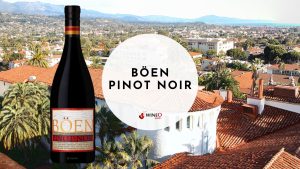
Böen Pinot Noir – WineO Mark Review Wine Stats Grape Variety: 100% Pinot Noir Vintage: 2021 ABV: 14.6% Wine Region: California Flavor Profile: Cherry, raspberry, blackberry,
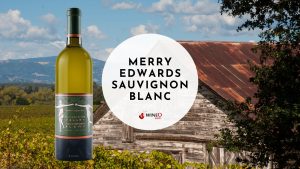
Merry Edwards Sauvignon Blanc – WineO Mark Review Wine Stats Grape Variety: 100% Sauvignon Blanc Vintage: 2022 ABV: 14% Wine Region: Russian River Valley, California
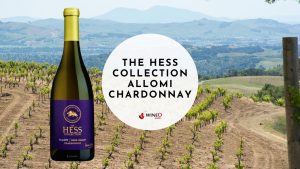
The Hess Collection Allomi Chardonnay – WineO Mark Review Wine Stats Grape Variety: 100% Chardonnay Vintage: 2019 ABV: 14.3% Wine Region: Napa Valley, California Flavor Profile:
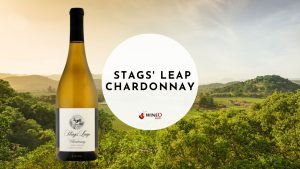
Stags’ Leap Chardonnay – WineO Mark Review Wine Stats Grape Variety: 100% Chardonnay Vintage: 2022 ABV: 14.1% Wine Region: Napa Valley, California Flavor Profile: Oak, vanilla,
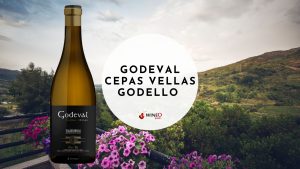
Godeval Cepas Vellas Godello – WineO Mark Review Wine Stats Grape Variety: 100% Godello Vintage: 2021 ABV: 13% Wine Region: Valdeorras, Spain Flavor Profile: Peach,

Félix Solís Mucho Más Tinto N.V. – WineO Mark Review Wine Stats Grape Variety: Tempranillo, Syrah Vintage: Non-Vintage ABV: 14% Wine Region: Spain Flavor Profile: Vanilla,
